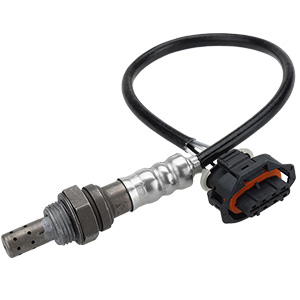Oxygen sensors
The device and principle of operation of the oxygen sensor
An oxygen sensor is a device designed to record the amount of oxygen remaining in the exhaust gases of a car engine. It is located in the exhaust system near the catalytic converter. Based on the data received by the oxygenator, the electronic engine control unit (ECU) corrects the calculation of the optimal proportion of the air-fuel mixture. The coefficient of excess air in its composition is indicated in the automotive industry by the Greek letter lambda (λ), due to which the sensor received a second name - a lambda probe.
Modern lambda probes are equipped with highly efficient ceramic heaters, which provide faster sensor response and faster start of measurements.
In order to achieve more accurate measurements and meet the tightening requirements of European emission standards, great efforts are made to continuously improve ceramic components.
In addition, different types of sensors have been developed for different applications. These include broadband sensors and lambda probes, the electrical resistance of which varies depending on the composition of the air-fuel mixture.
As a supplier of oxygen sensors to the original equipment market and the aftermarket, Winkod is constantly improving their design to improve the environmental friendliness and efficiency of engines.

